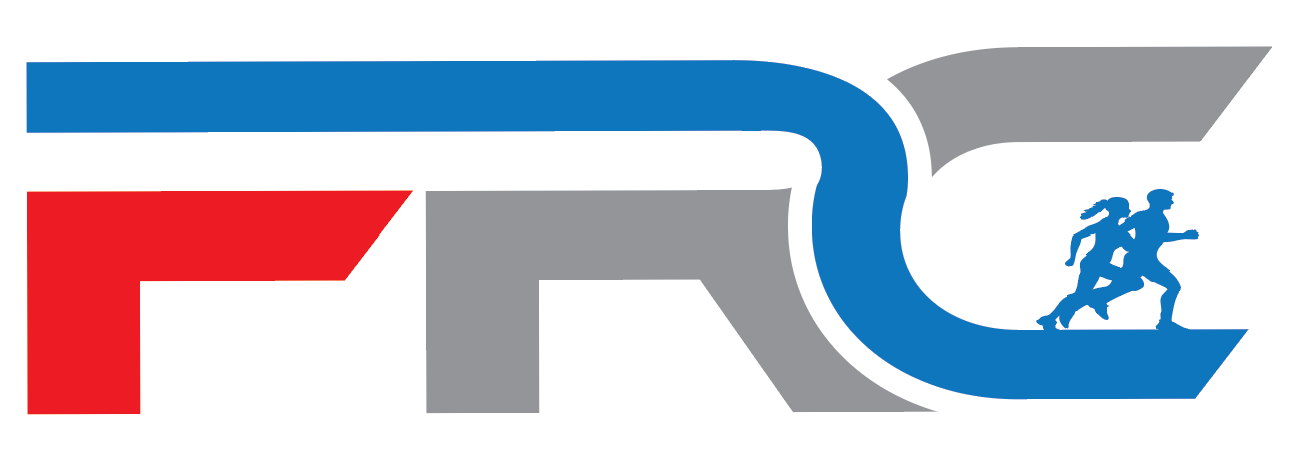Jack Daniels training premise
Jack Daniels training premise is that running performance is achieved through separate components: the cardiovascular system, running muscles, the ability to cope with and minimize lactic acid, the maximum oxygen uptake capacity, speed, and efficiency of the runner’s movements. Each system is improved by training at a particular intensity. Each run works at least one of these systems and when you put it all together over the course of a season, each run is a puzzle piece that comes together on race day.
The VDOT
The other thing Jack Daniels is known for is his VDOT chart. With this chart, a runner can input a recent race time and find the corresponding training paces for that VDOT, or fitness level. This is really helpful because training plans are often ambiguous about what each intensity means. The training word “tempo” can mean one thing in one training plan and something different in another! It doesn’t matter what training plan you are using. If you know the purpose of your workouts, you can use Daniels’ training paces that you are doing your workouts at the correct intensity. There is also a VDOT chart for determining the equivalent race times at other distances from a recent race performance (e.g. input last weekend’s 5k time to find out what you could run a half in in a couple of weeks).
The VDOT chart works for any race distance. Obviously you run a 5k at a pace faster than you would run a half-marathon. Daniels used real data from hundreds of real athletes to calculate the VDOT formula. Basically, Daniels eliminated the need to do complicated and expensive VO2max testing to determine training intensities. In fact, he says that this method is actually more optimal than laboratory testing. Below is a VDOT lookup for you and gives you training intensities in one step.
-Excerpt from SaltyRunning.com
Links
- Jack Daniels’ VDOT Running Calculator – Use to calculate pace time and distance for your training runs.
- Concept 2 Pace Calculator – Use to calculate Watts and pace time for training.
Paces
Easy Pace (E)
What is it? Easy pace running refers to warm-ups, cool-downs, recovery runs, recovery running within a workout and generally long runs.
Intensity: Generally in the range of 59-74% of VO2max or 65-79% of your HRmax. In general, Easy running is running at a comfortable, conversational pace, which certainly may vary daily, depending on how you are feeling. You may be up to 20 seconds slower or faster than the specified pace on a given day.
Purpose: Running at your Easy pace promotes physiological benefits that build a solid base from which higher-intensity training can be performed. The heart muscle is strengthened, muscles receive increased blood supplies and increase their ability to process oxygen delivered through the cardiovascular system.
Marathon Pace (M)
What is it? Steady run or long repeats (e.g. 2 x 4 miles at marathon pace)
Intensity: Generally in the range 75-84% of VO2max or 80-90% of your HRmax.
Purpose: Used to experience race pace conditions for those training for a marathon or simply as an alternative to Easy pace running for beginners on long run days.
Threshold Pace (T)
What is it? Steady, prolonged or tempo runs or intermittent runs, also called cruise intervals.
Intensity: Generally in the range of 83-88% of VO2max or 88-92% of HRmax. Threshold pace is comfortably hard running for either a steady 3-4 miles (or 5 to 6km) or repeated runs of 5 to 15 minutes each, with 1 to 3 minutes of rest between the runs.
Purpose: To improve endurance.
Interval Pace (I)
What is it? VO2max Intervals.
Intensity: Generally in the range of 95-100% of VO2max or 98-100% of HRmax. Intervals are “hard” but not all-out running by any means. Usually at a pace that you could maintain for about 10-15 minutes in a serious race. Intervals are best if they involve runs of 3 to 5 minutes each (800m and 1000m workouts are typical), with jog recoveries of similar duration (not necessarily, equal distance); relative to the runs they follow. If a workout calls for “hard” runs, then go by feel and imagine 5k race pace, as the intensity of each run.
Purpose: Stress your aerobic power (VO2max). It takes about two minutes for you to gear up to functioning at VO2max so the ideal duration of an “Interval” is 3-5 minutes each. The reason not to go past 5-minutes is to prevent anaerobic involvement, which can result in blood-lactate build-up.
Rep Pace (R)
What is it? Pace reps and strides.
Intensity: Reps are fast, but not necessarily “hard,” because work bouts are relatively short and are followed by relatively long recovery bouts. Recoveries are to be long enough that each run feels no more difficult than the previous run, because the purpose of Reps is to improve speed and economy and you cannot get faster (nor more economical) if you are not running relaxed. If it takes 3 minutes recovery between Rep 400s, then that is what is needed. Reducing rest time between individual work bouts does not make for a better workout, in fact it probably makes for a worse workout because the short rests could increase the stress and lead to poor economy. Think of Reps as similar to current 1500 or mile race pace.
Purpose: To improve your speed and economy.
Phases
Phase 1 – General Preparation and Cardiovascular Fitness
The goal of this phase is to build or maintain cardiovascular fitness. Most if not all runs should be in the Easy Pace or Marathon Pace range depending on fitness. Crosstraining and triathlon training can be substituted for runs during this phase. Training Period is 6-8 weeks.
Phase 2 – Strength and Speed
The goal of this phase is to build strength (gym and hill work) and speed on the track. Runs will be performed at Easy, Threshold, and Interval Pace during this phase. Cross training and triathlon can be performed on Easy run days. Training Period is 6-8 weeks.
Phase 3 – Race Preparation
The goal of this phase is to prepare the athlete for longer runs and mileage. Athlete may run competitive races as training runs during this phase. Weekly mileage will reach 100% of program during this phase a couple of times. Runs will be performed at Easy, Marathon or Race Pace, and Threshold Paces. Longer runs will be substituted for track. Cross training and triathlon training can be performed on Easy run days. Training Period is 6-8 weeks.
Phase 4 – Race Ready
The goal of this phase is to begin preparation for your race. Athlete may run competitive races as training runs during this phase. Weekly mileage will begin to taper off. Runs will be performed at Easy and Marathon Pace. Longer runs will be substituted for track. Cross training and triathlon training can be performed on Easy run days. Training Period is 6-8 weeks.
VDotO2 Testing Time Trial Runs
Testing can be done at any point during the phases to recalibrate your paces.


